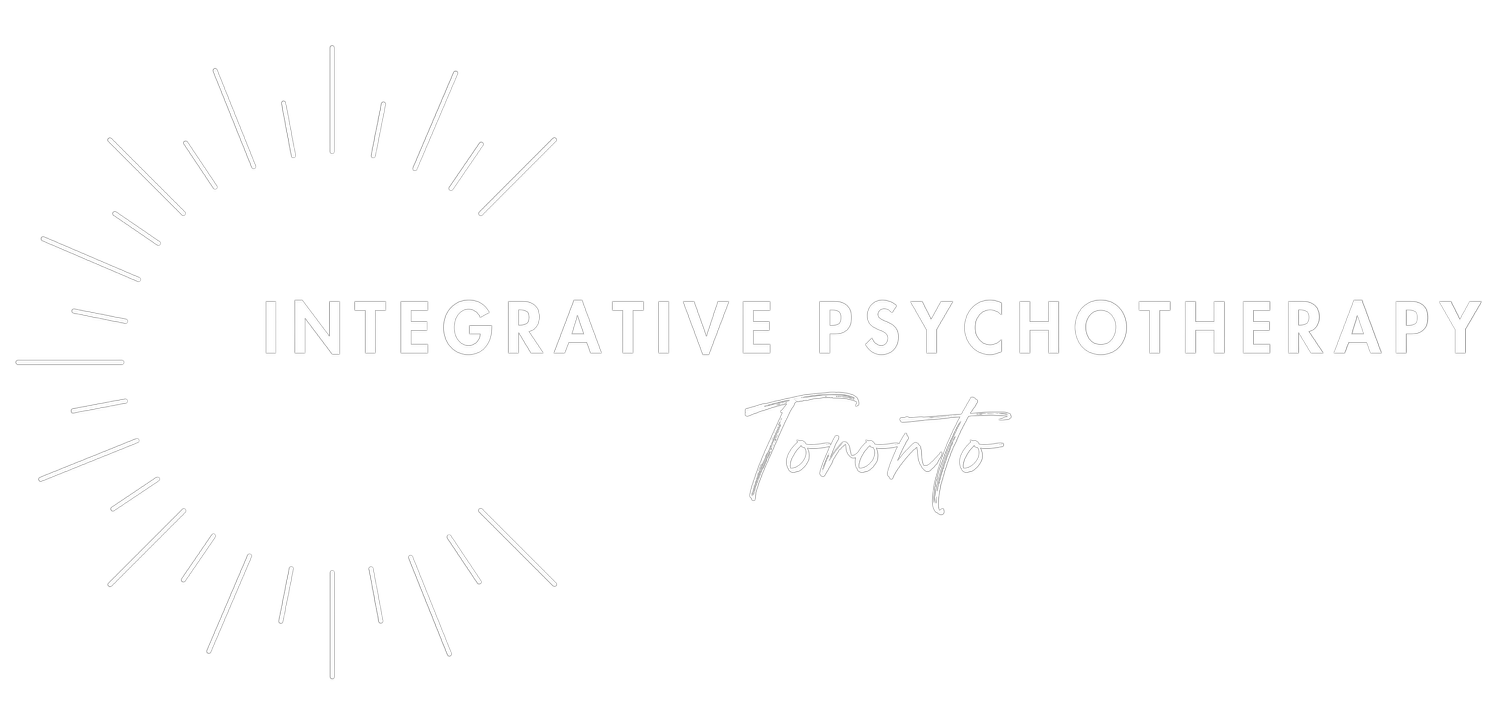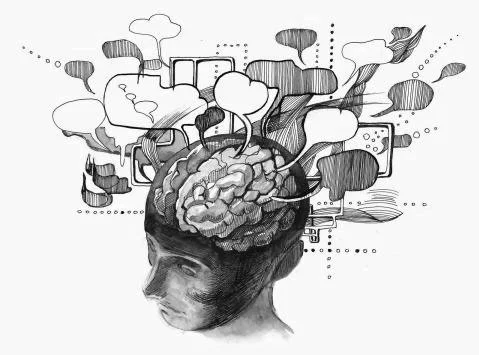How to feel your feelings
Key points:
This is the blog version of my video How To Feel Your Feelings: Part 1. If you’re more of a tl;dr kind of person, you may prefer the video.
We’re not taught how to feel our feelings. In fact, a lot of the time, we’re taught not to feel our feelings. RAIN is a deceptively simple, incredibly powerful 4 step practice to help us actually feel the feels.
The R is for Recognize. This is about waking up. Making the unconscious conscious. Because until we do this, nothing will change.
The A is for Allow. This is about turning towards our feelings and making space for them. Because what you resist, persists.
The Conversation
This topic came out of a chat with a relatively new client who was really frustrated at having been told by other therapists that she wasn’t “feeling her feelings” and that she just needed to “feel them to heal them,” which became really exasperating because she’s like “if I knew how to do that, I wouldn’t be here!”
Which - fair. It’s not something we’re really taught how to do. In fact from a very early age, we’re often taught in one way or another not to experience our feelings.. With every well meaning “use your words” to think our feelings. With every “it’s ok, don’t cry, want a popsicle?” We’re taught to fix our feelings and make them go away. With every “I’ll give you something to cry about” we’re taught to fear our feelings, not to experience them.
So we talked about how to actually go about feeling our feelings.
RAIN
And a great way to do that is using RAIN. RAIN is an acronym for 4 (or 6, depending on how many N’s you tack on) steps to feel and be with your feelings.
This is going to be a two parter, possibly with some additional videos to follow. We’ll talk about the R and the A today, which can be brilliant to practice on their own for a bit, and then when you’ve gotten used to that, you can level up and add on the I and the N.
To illustrate the technique, I’m going to use an example that I used RAIN with recently, so this will be another addition of Krysti Gets Personal. And I’m going to teach it using sound effects, because this is something I think should be taught in kindergarten. Also because it’s fun, and you’ll remember it better.
R is for Recognize
The R is for Recognize. And the sound it makes is Ah Ha!
Because this is about waking up, seeing what’s happening. The vast majority of our day to day experience is not happening consciously, we’re not awake to it. Most of our experience is unfolding unconsciously and is being governed by unconscious habits of mind.
Carl Jung said “Until you make the unconscious conscious, it will direct your life and you will call it fate.” Which is terrifying.
So we have to wake up.
We have to train ourselves to go Ah Ha! Distress is happening. Suffering is happening.
Maybe we know the flavour of the suffering - maybe it’s sadness or fear or anger. Maybe it’s difficult thoughts or emotions or sensations. Maybe we don’t really know what it is, we just know crappy feelings are happening. That’s ok. Ah Ha! Crappy feelings are happening.
In my example, someone made a comment that felt critical and could feel myself starting to close up and shut down. Luckily, I was awake enough to it that I could go Ah Ha! Defensiveness.
Next up
A is for Allow.
The A is for Allow. And the sound it makes is MmmmHmmm.
On my best days, it’s might even be a “yessssss” - because, “in the heart of the pain is the healing.” On my best days, I remember that and actually lean in, and say “Yessssss. Bring it on. Show me where it hurts.”
On most days, it’s MmmmHmmm.
This is about turning towards the experience. And that is important! Because our habitual tendency is to reject things that feel bad.
Another gem by Jung, “What you resist, persists.”
Suppressing and repressing feelings doesn’t work. Not in the long term. It’s like trying to hold a beach ball under water. It’s going to come flying back up, and probably at the most inconvenient moment.
You can let it be now or you can work to let it go later, and I promise you, letting it be now will save you a lot of time and money in therapy later.
And don’t fake it. Don’t go MmmmHmmm through gritted teeth. Take a moment to consciously unclench your jaw, soften your shoulders, release the places inside that brace against the feeling. See if you can soften around the feeling. Not trying to soften or change the feeling itself - that’s not allowing it, that’s trying to make it go away. Don’t do that. Soften around it. Let it be here.
Remember that whatever you’re feeling is ok. It may not be pleasant, but it’s ok. It’s part of the human experience. No one gets through this life without pain and uncertainty. It’s part of being human. Having this feeling doesn’t mean you’re wrong, or that something’s wrong or you’ve failed in some way - and here’s a brain freeze for you - even if all those things are true. Even if you were wrong, or something was wrong or you did fail, those are just external happenings that are bringing up a human experience that you would have experienced at some point no matter what, because you’re human.
Allow your humanity. It’s ok to not be ok sometimes.
So turn towards your humanity. Allow that feeling, that part of you to be here for a bit. Welcome it to the party, if you can, and if you’re not in a particularly welcoming mood or it’s a party guest that you’re having trouble feeling hospitable towards, then just take a deep breath and go MmmmHmmm.
So after Ah Ha! Defensiveness, which is not a feeling I particularly love or a part of myself I’m particularly proud of, I took a deep breath, and went MmmmHmmm. I softened my jaw and the muscles in the back of my neck and shoulders. I unglued my tongue from the roof of my mouth. I turned toward the part of me that was getting defensive and tried to welcome it. I have a mantra, “And this too” - this is part of being human, too. So it’s allowed to be here.
Wrap Up
Now, these two steps are super simple. But don’t be fooled. Some of the most powerful things are simple. I often say to clients, Simple. Not easy, but simple.
These two steps alone, if you actually practice them, are huge. And they are counterconditing a ton of maladaptive patterns.
To wake up and be aware, to make the unconscious conscious, is deceptively powerful. Nothing can change while it’s unconscious.
And you will realize how significant allowing is when you try to do it, because the pattern to brace against things that feel bad is visceral. You may have even noticed some of that when I introduced the A. If something in you was saying “why would I allow this?!” or “I don’t want to allow it!” or rolled your eyes at the idea, that’s the aversion pattern. That’s the bracing. Recognize that. Ah ha! Bracing.
Bracing is natural, so natural that there are entire therapies dedicated to working with just the bracing response. And they’re transformative. So don’t underestimate the power of allowing. Just like gymnasts need to learn how to fall - how to flow with momentum and absorb impact because bracing actually makes the force of the impact so much worse - we need to learn how to allow our unpleasant experiences.
So practice those two steps for a bit, and next time we’ll tackle the I and the N of RAIN.







